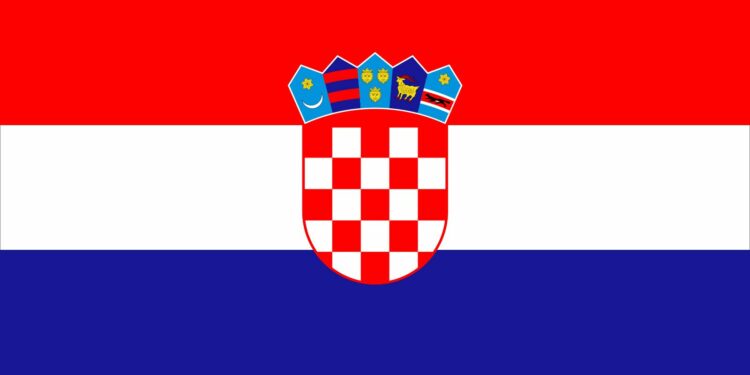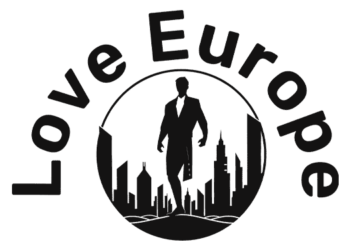Following the demise of communism in Croatia in 1990, the Croatian government began a course of restructuring the economy from the Yugoslav system of socialist self-management to market-oriented capitalism. This required such measures as the sale of state-owned enterprises to private owners, the establishment of functioning markets, and the creation of stable prices, interest rates, and currency. The accomplishment of these tasks proved difficult, largely because of the destabilizing effects of war. The war not only deterred foreign investment, which was a crucial motor of economic growth and structural change in other central and eastern European countries, but also damaged infrastructure and production facilities. The war also helped to foster an informal economy and a black market.
By the late 1990s nearly one in five members of the working-age population were jobless, with young people particularly being affected; high unemployment remained a problem into the 21st century. In 2003 Croatia applied for membership in the European Union, and it was granted candidate status the following year. This landmark event unlocked EU development funds that would aid the accession process, and successive Croatian governments remained committed to the political and economic reforms that were necessary to bring the country into alignment with the rest of the EU. During this time per capita GDP increased sharply, although high unemployment and official corruption were lingering concerns. In 2013 Croatia joined the European Union, and in 2023 Croatia’s currency, the kuna, was retired when the country adopted the euro.
Agriculture, forestry, and fishing
Agriculture (grazing and tilling) occupies less than one-fourth of Croatia’s land and contributes less than one-tenth of the country’s gross domestic product (GDP). Most agricultural land is privately held, but many landholdings are too small for profitable production. Croatian agricultural produce is exported mainly to nearby countries, particularly Bosnia and Herzegovina, Italy, Slovenia, and Serbia.
Slavonia, the granary of Croatia, is the most fertile agricultural region. Farming there is characterized by capital-intensive, market-oriented production and larger landholdings. Most of the land previously under social ownership has been nationalized by the Croatian government and is leased to farmers. Major crops of the region are sugar beets, corn (maize), wheat, potatoes, barley, soybeans, sunflowers, and tobacco. Oats, rye, millet, rice, beans, peas, and chicory are also grown. Pigs, cattle, and poultry are important to the economy of the region, while there is also some beekeeping and silkworm cultivation.
The hills of the western part of the para-Pannonian region are characterized by smallholdings, mixed farming, and generally low yields. Fruit growing, viticulture, and cattle and pig breeding are typical agricultural occupations.
Britannica Quiz
Which Country Is Larger By Population? Quiz
The central mountain belt contains some of the poorest land and climate for agriculture. The large areas of meadow and pasture, however, are suitable for raising sheep and cattle, and there is also some cultivation of barley, oats, rye, and potatoes. Fruits grown include plums, apples, pears, sour cherries, sweet cherries, peaches, and apricots.
The Adriatic littoral of Istria and Dalmatia is characterized by rocky soil and long periods of drought, with small parcels of arable land and poor pasture. Sheep and goats are raised, while grapes, olives, almonds, figs, tangerines, and other Mediterranean fruits and vegetables round out the agriculture of this region. Beekeeping is also of some commercial importance, especially on the islands.
Croatia’s large forests, covering about two-fifths of the country’s area, form the basis of a wood and pulp industry. Fish and shellfish are harvested commercially in the waters off the Adriatic coast, although fish stocks in the sea declined in the late 20th and early 21st centuries. Around nine-tenths of the fish catch comprises small oily fish (e.g., anchovies and pilchards), much of which is consumed locally, but there is also an increasing demand for nonoily fish, or whitefish (e.g., sea bass). Aquaculture, or fish farming, is of growing importance, with sea bass, tuna, and mussels all popular. Almost all commercially sold freshwater fish is raised in ponds as well, though freshwater fishing has some significance for tourism. Farmed fish are exported to countries such as Spain and Japan, while canned fish is sold mainly to surrounding countries.
Resources and power
Deposits of oil and natural gas are found in the Pannonian valleys of eastern Slavonia, but Croatia consumes more oil and gas than it produces and thus is dependent on imports. Bauxite and coal mining had ceased by the early 21st century. Clay, stone, and gravel are still quarried, however, and gypsum and quartz are mined. There are small deposits of other minerals, including salt, throughout the country. Although Croatia’s numerous rivers offer hydroelectric potential, the country imports a significant portion of its electricity.
Manufacturing
Already more industrialized than most of its neighbours when the communists assumed power over Yugoslavia in 1945, Croatia continued its rapid industrialization under socialist policies of economic and social development. One unfortunate result was the squandering of a great deal of money through inefficiency and the misallocation of resources through the building of so-called political factories, which served more to enhance the prestige of politicians than to use most rationally the endowments of a specific region. Nevertheless, large investments in industry (as well as transportation and education) ensured the continued growth of that sector and allowed the absorption into an industrial workforce of Croatia’s rapidly urbanizing population. On the eve of Yugoslavia’s disintegration into war in 1991, industry and mining accounted for more than one-third of Croatia’s GDP.
Today manufacturing and other secondary industries account for a smaller but still important portion of GDP. Significant industries include food processing and wine making, as well as the production and refining of petroleum. Also important are chemical products, building materials, metallurgy (particularly aluminum and iron and steel), the wood and paper industries, machine engineering, electronics, textiles, and shipbuilding. The future of shipbuilding is in question, however, since it is heavily dependent on state subsidies. Most enterprises are concentrated around such urban centres as Zagreb, Rijeka, Split, Osijek, Karlovac, Zadar, Slavonski Brod, Sisak, and Varaždin.
Dijana Pleština Liz David-Barrett
Source link : https://www.britannica.com/place/Croatia/Economy
Author :
Publish date : 2024-10-23 05:00:00
Copyright for syndicated content belongs to the linked Source.


